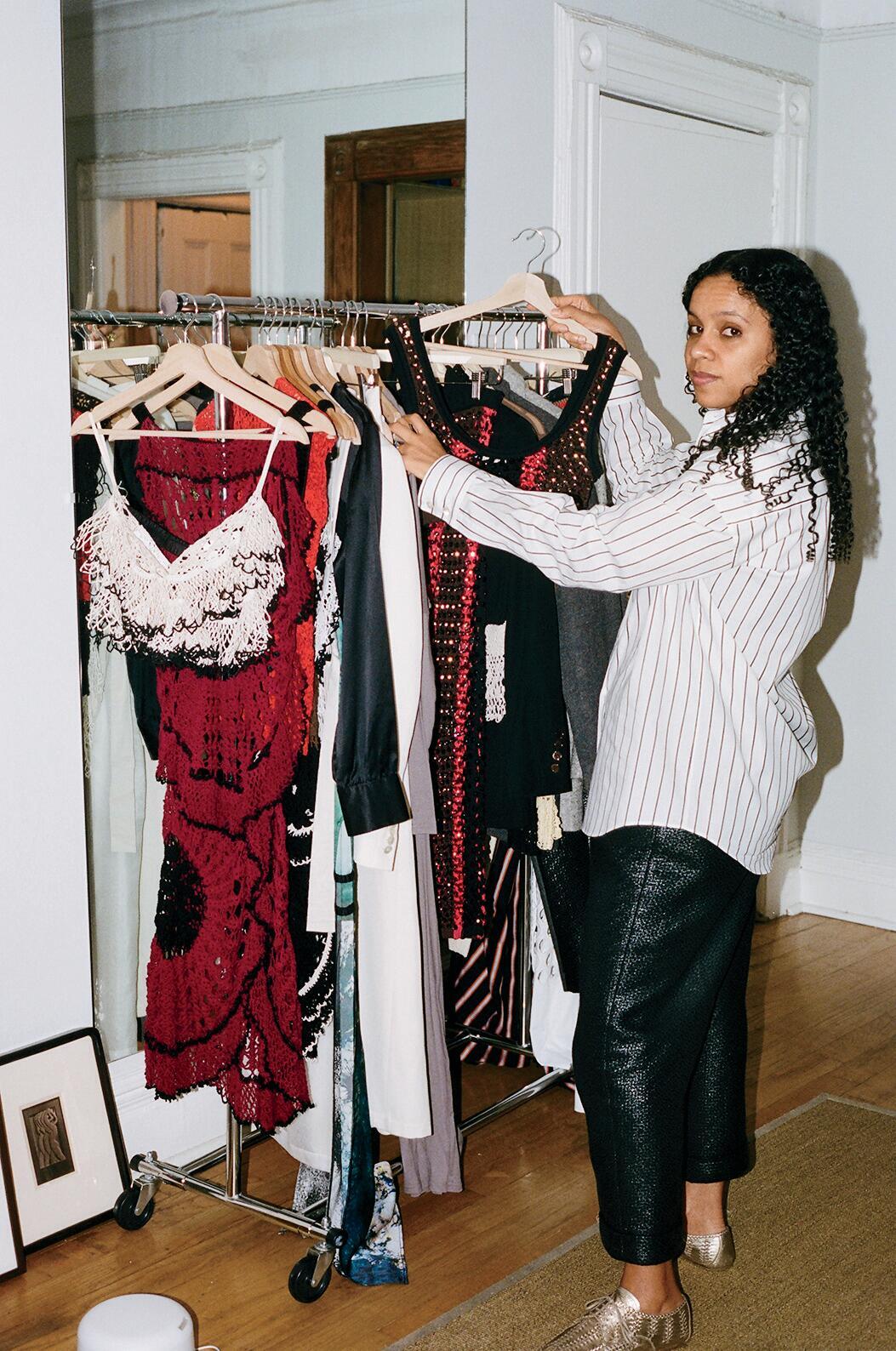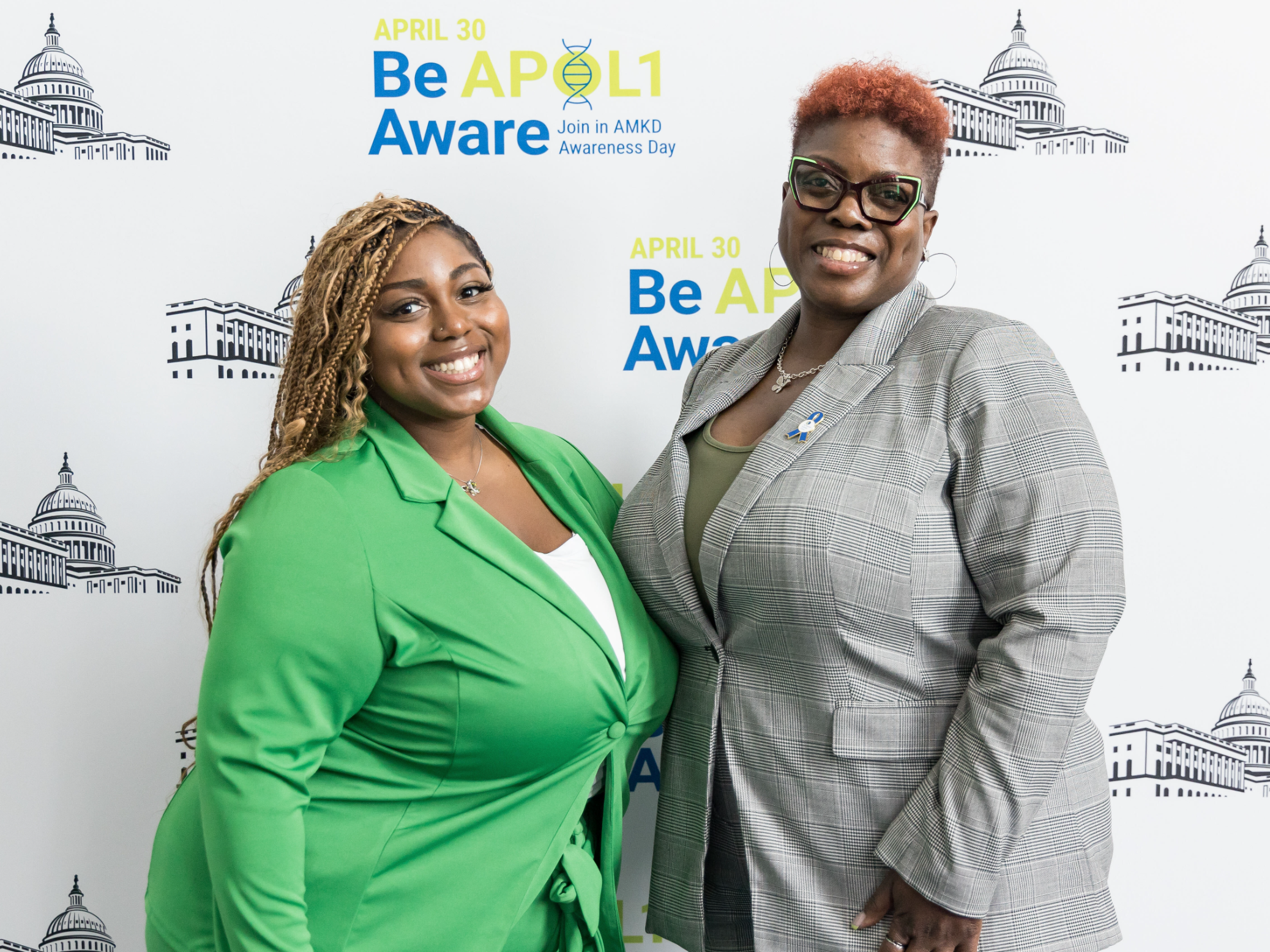
“The notion of luxury and where it comes from is both ahistorical and flawed,” says designer Rachel Scott. Jamaican-born and -Brooklyn-based, Scott is the founder and creative director behind the highly sought-after emerging womenswear brand Diotima. What is luxury, and who gets to opt into luxury, are often points of controversy. Through her artisanal brand, known for its unique, handwoven crochet technique and Jamaican/Afro-Caribbean flair, she’s on a quest to redefine the term. Fresh off the heels of her LVMH Prize semifinalist announcement, ESSENCE caught up with the designer on a gloomy Friday afternoon over Zoom. We talked all about her fashion origin story, her artistic inspirations, her appreciation of craftsmanship, plans for scaling the brand, the design process and what’s next for Diotima.
Scott is a rarity within the industry: a designer who’s also a student of fashion at large. She has studied fine art and French alongside philosophy—her brand name comes from the Greek classics, in which Diotima was a prophetess who taught Socrates about love. The designer has also worked in various sectors of the global fashion industry, from Milan and Paris to New York City and the Caribbean, and interned in fashion publishing. Within every turn of her design practice, every new technique and every reference, she has thoughtfully researched and developed her own expertise. She saw learning about every part of the business and the creative process as vital to becoming a well-rounded designer. Often, designers have either business acumen or full creative thirst. It is unusual to have both. But with artistic inspirations like Edna Manley, Lynda Benglis and Simone Leigh, an immense appreciation for craftsmanship, and stints at various ateliers in Milan, Scott has it all.

Where did all her curiosity begin? In her native Kingston, Jamaica. Like almost every creative, she has that one initial circumstance that sparked exploration and a lifelong love affair with artistic expression. For Scott, the spark was in her upbringing. “My father made furniture, and my mother had this clothing store,” she says. “And so that’s always been in my world—this idea of clothes and having a boutique.” So often, within Afro–Caribbean households, aspirations toward creative disciplines aren’t supported. Not so for Scott who, through her parents, was immersed from the start in the artistic life.
Halfway through my chat with Scott, her doorbell rings. It’s the middle of the day, so who could it be? Door Dash, Amazon, a pop-up visit from a friend? In the most meta-designer moment, it’s a delivery person with an occupational staple. Scott returns to the computer: “Sorry, a roll of fabric just got delivered, and I had to run down and get it.”
Diotima, worn by the likes of Letitia Wright and Keke Palmer on the cover of major glossies, is currently at the center of a myriad of conversations, especially since it’s relatively new—Scott launched the brand in 2020. But who exactly is the Diotima customer? “We have a very open notion of who our customer is,” says Scott. “It can be anyone, but I think what connects all these people is that they are bad bitches! You have to have that energy. Clothes are clothes, people are people and cultures are not fixed. They’re changing. They’re evolving.”
With the brand’s high profile and growing level of demand, one would think the team would be substantial. But actually, it’s just Scott plus a consultant for PR/Comms, a consultant for wholesale, a strategy and operations consultant and, of course, Scott’s mother. “My mother is very important,” Scott says. “She is my production manager of crochet in Jamaica.” How Scott has been able to scale, and soar to new heights, in just three years with such a compact team speaks to the power and resilience of Black small-business owners. But Scott also attributes much of her success to the many artisans she works with in Jamaica. She collaborates with dedicated female artists skilled in historical methods of crochet.
Diotima isn’t a knitwear brand, but has become known for its intricate crochet and weaving. Crochet has, subliminally, always been at the core of the designer’s life. “I was looking at prints of mine that I made in college,” she says, “and it’s literally layers of images of doilies, with images from recipe books from my mother’s mother and photos of her and my mother. I’ve had this lifelong obsession with crochet. I didn’t even realize.”
Her designs are also informed by other ways of being and seeing. “I love to observe people. I have this fascination with how people present themselves. It’s more of an obsession with language—I think that how people dress is a visual language. The catharsis sometimes comes in the design process, but sometimes it comes in like really ridiculous things, like just hand sewing something. Sometimes that is really pleasurable. It’s liberating. I can never control it. Like when I start, I don’t know where I’m going to end up. And that’s magic.”
Every designer has their own distinct process when tackling ideation. Some start with mood boards, while others go right into building on the form with muslin. Scott says hers is a mixture of approaches. “I tackle different categories,” she explains. “For example, with this collection that I’m working on, pre-spring ’24, I spent a lot of time working on material development—getting swatches made, manipulating those, redoing them, washing them, quilting them, dyeing them, a lot of material play, beading—you know, things like that, because I do have a big obsession with texture. It’s a lot of my work.”
She also works with the crochet elements in an unusual way, she elaborates. “I’ll start playing, and I think this is because of the relationship I have with the crochet women in Jamaica,” she says. “I never want to force myself onto them. I want to be able to work within their language, because I want them to be happy and fulfilled when they’re working on production. So I will often meet with the artists, try some things, look at things they’ve made, gather all of these swatches and ideas together, and then I’ll start draping them on the form. But the moment of true design for me when the style begins to take shape is when I fit the model.”
Much of her success can be attributed to Scott’s organic process. She’s all about intention, quality and sustainability, particularly in the sense of honoring the trade of making. So what’s next for the designer and the brand? Aside from furthering the fashion offerings—bags, footwear, leather goods and an eventual brick-and-mortar space—Scott wants to focus on elevating her game. “I want to keep getting better,” she says excitedly. “I love making things. I want to do the collections that I’m doing, but better every time. I just want it to get smarter, improve on quality, and just keep making everything more interesting.”









